Murlan is an exciting Albanian card game designed for four players. The name of the game can be translated to Storm, which can describe this fast moving game quite well. Murlan bears some resemblance to many of the Asian type beating games in which the object is to be the first to deplete their hand. The game uses one standard 52 card deck with the addition of two Jokers, in which each Joker being distinguishable from each other in some manner (such as a black and white Joker and a red or colored Joker). As a beating game, the cards in the deck have a relative ranking, as follows (from highest to lowest): Colored Joker, Black and White Joker, 2, Ace, King, Queen, Jack, 10, 9, 8, 7, 6, 5, 4, 3.
As mentioned the game is designed for four players, with each player playing independently. Determination of seating positions and first dealer can be performed using a variety of methods, with draw for high cards a common such method. Using that method each player draws a card randomly from the shuffled deck. Any players drawing cards of the same rank as that drawn by another player discards these cards and draws a replacement card, continuing until drawing a card not drawn by any other player. Each player takes their preferred seat at the table in order from highest card drawn to lowest. The player drawing the highest card of all is set as the first dealer. After each hand the role of dealer rotates in a clockwise direction around the table.
Once the players are seated and the first dealer chosen, the dealer thoroughly shuffles the card and offers it to the player at his right to cut. After the cut, he then begins dealing the cards in a clockwise rotation around the table, starting with the player at his left. He deals the cards one-at-a time and face-down to each player, continuing until the entire deck has been dealt out.
On the first hand of the game, the player who has the three of spades in hand plays first, and must include this card in the play. He may play any legal combination to start as long as that combination contains this three. The following are the legal combinations that can be played in Murlan:
| Combination | Description | Example |
|---|---|---|
| Single Card | This combination consists of any single card of any denomination. A single card combination can be beaten by another single card of a higher rank. | 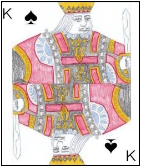 |
| Doubles | This is a combination consisting of two cards of the exact same rank. A double can be beaten by another double consisting of two paired cards of a higher rank. | 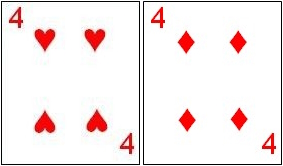 |
| Triples | This combinations consists of three cards all of the same rank. A triple can be beaten by another triple consisting of three higher ranking cards. | 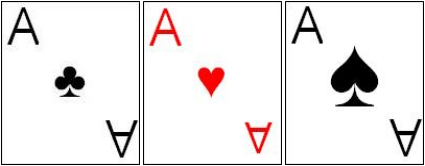 |
| Quadruples | This is a combination consisting of four cards, all of the exact same rank. A quadruple can only be beaten by another quadruple consisting of four higher ranked cards. |  |
| Scale | A scale is a combination of five or more cards which are in direct sequential order. The suits of the individual cards in the sequence do not matter. Although Aces and twos are considered high cards if used in most other combinations, if used in a scale, twos are considered low, before the three and Aces can be used in a scale as either high or low, thus occurring after a King in a high scale (i.e. 10, Jack, Queen, King, Ace), or before a 2 in a low scale (i.e. Ace, 2, 3, 4, 5). A scale can never include a Joker. A scale can be beaten by another scale which consists of the same number of cards, and in which the topmost card in the scale is of higher rank than that of the topmost card in the previous scale. | 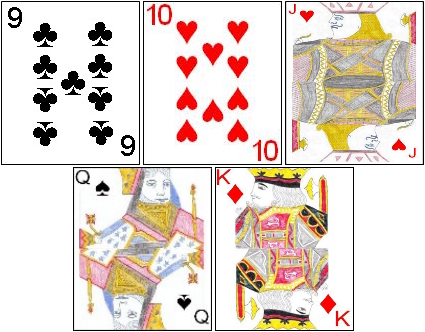 |
Each Joker is considered to be of a distinct ranking, and thus a Joker can only be played as part of a single card combination (of course, being amongst the highest such cards that can thus be played in that combination category).
After the first player plays any valid combination as able from the cards in his hand, the turn passes to the next player. This player must (if willing and able) play a combination, consisting of the exact same number of cards, but of a higher rank. If he has no such higher ranked combination or chooses not to play it, he must instead Pass, with the turn then advancing to the next player around the table. If there are three consecutive passes after a legal play, the player who played the last play to the table, removes all cards currently on the table, setting them aside and out of play. He then starts the next series of plays, playing any valid combination of his choice from the chart above, to the table.
The one exception to the requirement that in order to beat an existing combination, the next combination played in that series must contain the same number of cards, is with the quadruples. A quadruple played can beat any other valid combination except a higher ranking quadruple. This quadruple, in turn, can only be beaten by a higher ranking quadruple.
Once a player legally plays his last card on his turn, he drops from the hand, and play continues on amongst the remaining players. If no other players are able to beat the combination played by that player, the next active player to the immediate left of that player starts the next combination which the players attempt to beat.
The game continues until only one player remains in the game who still has cards. Each player earns a number of points based on the order of finishing that hand, as per the following chart:
|
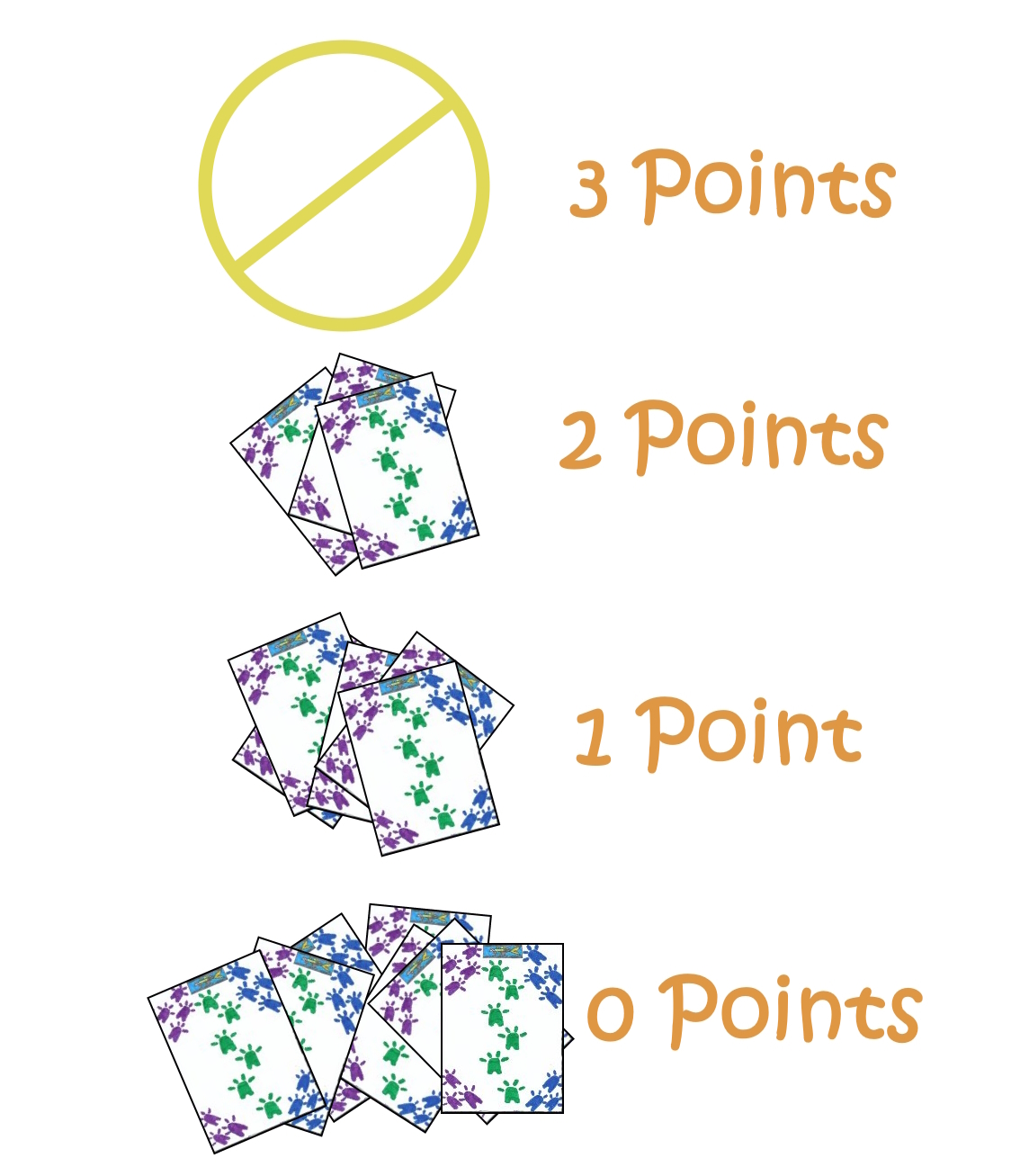 |
Any points earned are added to a cumulative point total recorded for each player during that game. After points are awarded for the hand, the next hand is dealt. After the deal, however, the player who finished last on the last hand must give the player who had finished first on the last hand his highest card in his hand, while the player finishing first gives that player, in exchange, any card in his hand from rank 3 to 10. However, if the player who had finished last on the last hand has both Jokers in his hand, he simply shows these cards and is not required to exchange any cards. The player who finished last on the previous hand has the first play on the next hand, playing any legal combination of cards from his hand. He is not required to play the three of spades if he has that card, as that card is only required to be played on the first play of the first hand of a game. However, if the player who had finished last had both Jokers (and showed them) in order to avoid having to give the player finishing first his highest card, the player who finished first on the last hand has the first play on this hand.
The first player, over the course of multiple hands, to reach or exceed 21 total points is declared the game winner. However, if two or more players reach or exceed this total, the game continues, with the point total requirement for winning set at 31. However, if two or more players reach or exceed 31 on the same hand, the total is again advanced, this time to 41. Again, if two or more players reach or exceed 41, on the same hand, the total is advanced one more time to 51. After 51, if two or more players reach or exceed this total, the game is set as a tie amongst all players having 51 or more points.